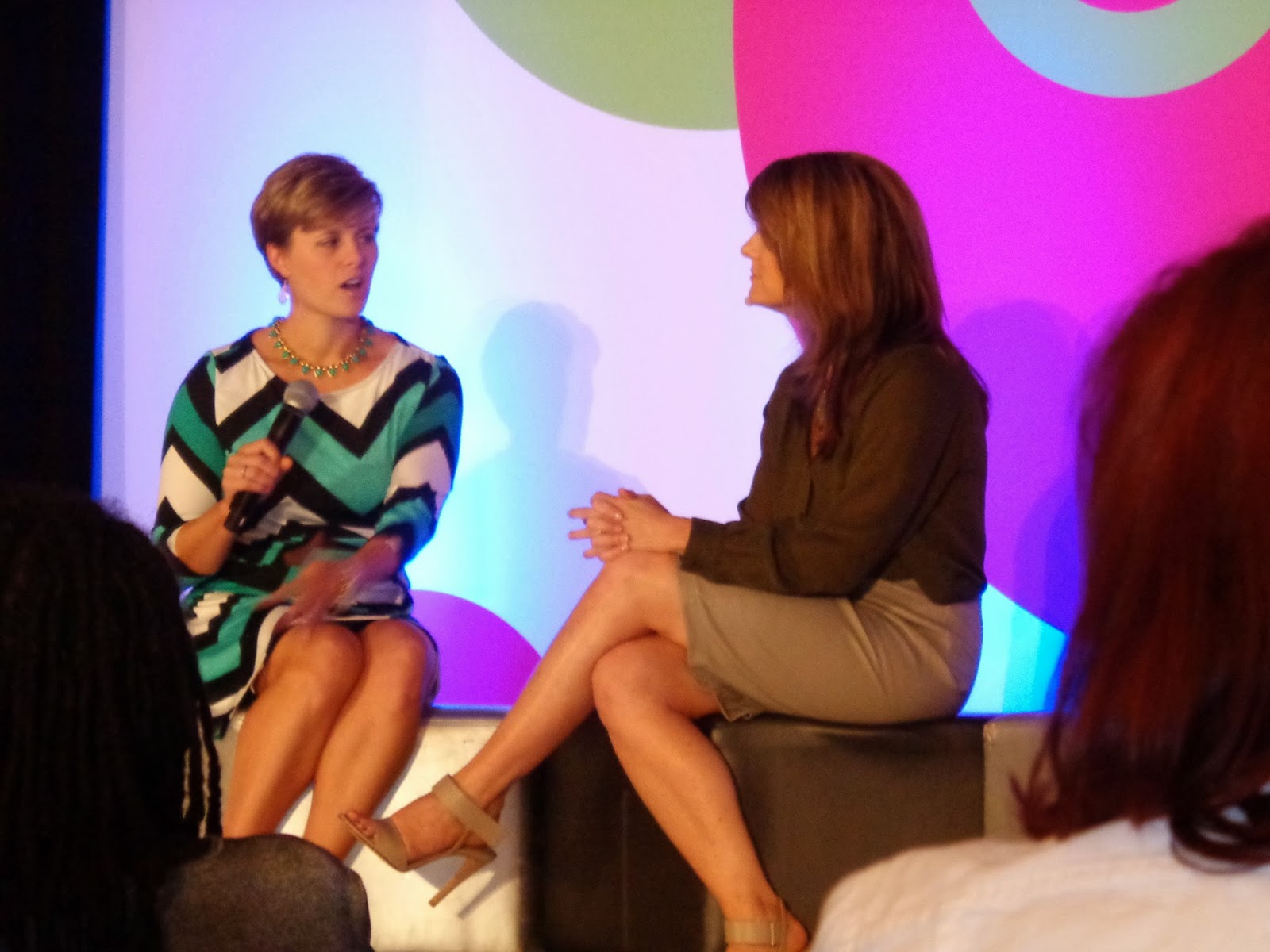Teaching Students to Serve Future Clients
My day-long class will focus on shale gas production in the Marcellus and Utica shale plays located in mostly Pennsylvania, West Virginia, Ohio, and New York. The class will include an overview, presentations by a couple of guest speakers, and then a simulated negotiation of a mineral lease. I am expecting it to provide good coverage of the topic and a fairly interesting way to spend an 8-hour day of class. I am trying to frame perspectives from the industry, the environmental protection community, and health officials.
Finally, I have added to my blog role several blogs relating to shale play production, including one specifically designed to help mineral rights owners negotiate good deals. That blog's administrator, Ronald B Stamets, will be one of my guest speakers for class.
My slide show is almost done. I've really enjoyed the required research and my discussions with experts in the field. I still need to read a 185-page report recently issued by the New York State Department of Health in support of a ban of shale play production in the state.
All this research is getting me back to my law practice roots.
When I graduated from law school in 1982, I practiced energy law in my first and second jobs. I first joined the energy practice group of the largest law firm in Oklahoma, a firm now called Hall Estill. I practiced in the natural gas group and focused on intra-state gas production and transmission. The industry, however, was going through a sea change triggered by deregulation of interstate pricing by Congress in 1978. That regulatory change, in turn, generated a production bubble as interstate natural gas prices rose. That bubble burst several years later. Thus, I had the unusual opportunity to see a full market cycle unfold.
I next moved to the energy department of what was then the third largest firm in the world -- Skadden Arps. I practiced before the Federal Energy Regulatory Commission (FERC), although I also attended many Congressional committee hearings during this transition in the industry. Among other duties, I wrote a weekly update for a client about what was happening in the energy market. I remember the day when oil prices exceeded $60 per barrel. This was a huge event. Until the late 1970s, oil had never exceeded $30 a barrel.
Of course, now the talk is about dropping oil prices -- with the cost moving below $60 for the first time since mid-2009. I've included graphs showing these trends in my class slides, but can't share them here because I don't have a license to produce them.
As I write this post, another image popped into my head. During my college years, I worked as a gas station attendant in a rural town in Iowa. I worked during the Arab oil embargo in 1973 and the later U. S. oil price controls. I helped implement gas rationing. I watched my boss wipe tears from his cheeks the day that he had to replace the meters in his gas pumps. They did not go above 50 cents a gallon. He was dumbfounded. They had never needed to go higher for as long as he had owned the station. In 1972, when I graduated from high school, gas sold for 36 cents a gallon ($1.36 in today's currency).
Of course, this experience sparked my interest in energy. I first approached it through the science by taking a number of geology classes while at Wash U. In law school, I took courses in oil and gas law and regulated industries. My law journal note covered a public utility issue. Then, after law school, I practiced energy law for five years. Later still, I was drawn to ASL because of the region's tie to coal production.
I've still got a lot to learn in this new energy market, but I am thankful for my background in the field that kept me paying attention even when clients did not rely on my advice.
















